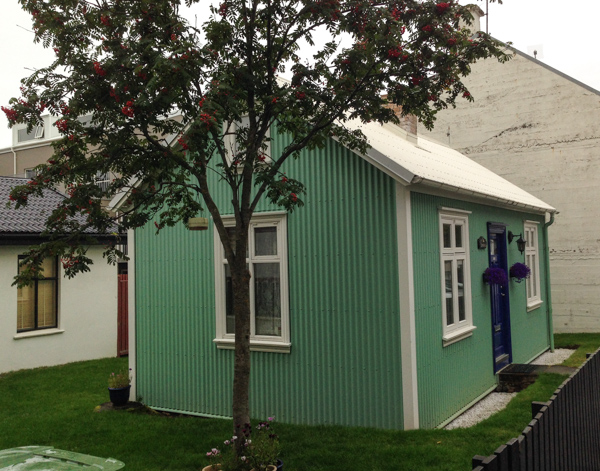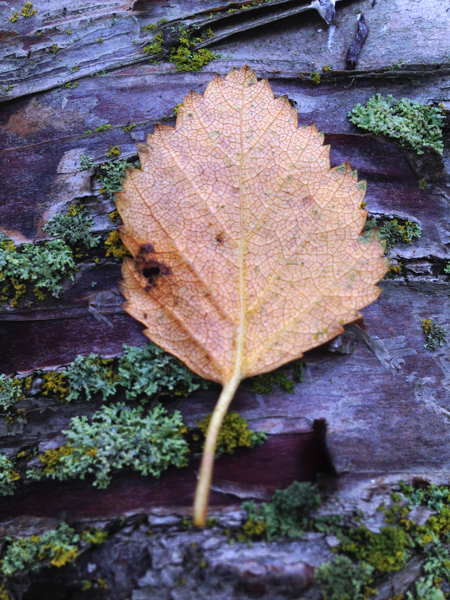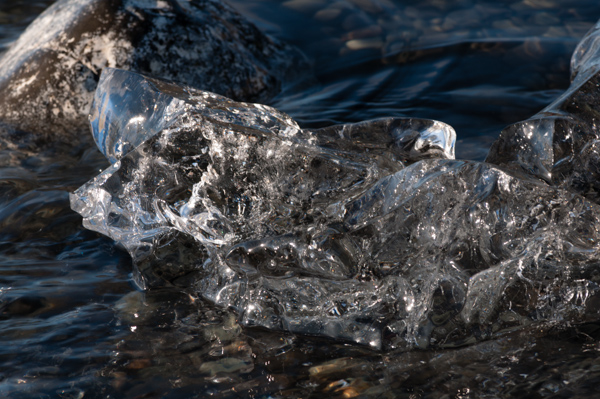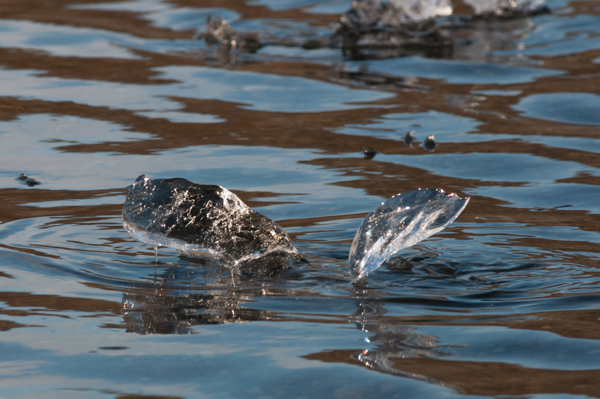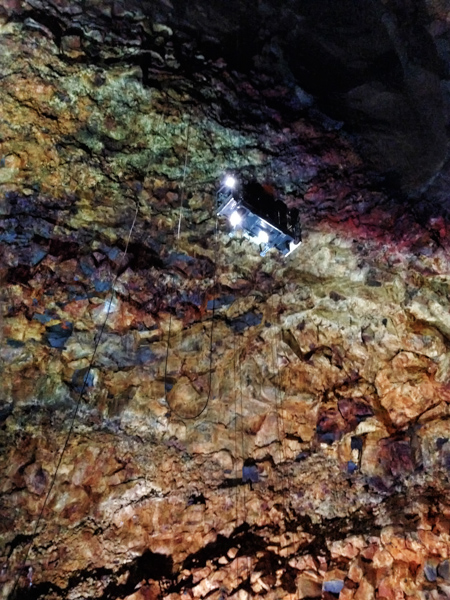When my daughter suggested Iceland as a place for a one-week mother-daughter trip I jumped at the opportunity. Prior to the word “Iceland” leaving her lips I don’t think I had ever considered visiting. But just like that – there is was –sitting up near the Arctic Circle beckoning.
Our flight from Boston to Iceland on Icelandic Air took less time than it does to fly to San Francisco. Flying on an airline that still allows passengers 2 checked bags with no fees was interesting. Without all the jockeying for overhead bin space loading a plane is faster, friendlier and more efficient. And imagine my surprise to find a pillow and blanket on every seat for the red-eye flight. The seating is still tight in coach, but the Icelandic's cushions are not so skimpily padded that they feel like metal stadium seats, like some other airlines.
The clincher of civility happened as we disembarked for the short walk to the terminal in the cool air. In front of me was a four year old wearing only the T-shirt he had on when he left Boston. The flight attendant quickly grabbed a blanket and wrapped it around the boy's shivering shoulders while smiling at his grateful mother. It harkens back to a day when air travel was still a pleasant experience.
But onto adventures in geology and volcanoes. Just before leaving the US vigorous seismic activity started under the country's biggest glacier. Fears of another airline shut down caused by volcanic ash hit the news cycle and friends started emailing asking if we were still going. The decision was an easy one. Iceland has a great information system and plans for dealing with volcanic activity. They respond to mother nature with science, common sense and respect - not Fox New 24/7 fear.
So, on our very first day here, Amelia and I went to meet a volcano up close and personal. We journeyed down 400 feet into the magma chamber of the Thrihnukagigur Volcano a half an hour outside of Reykjavik.
